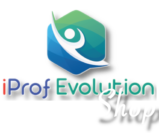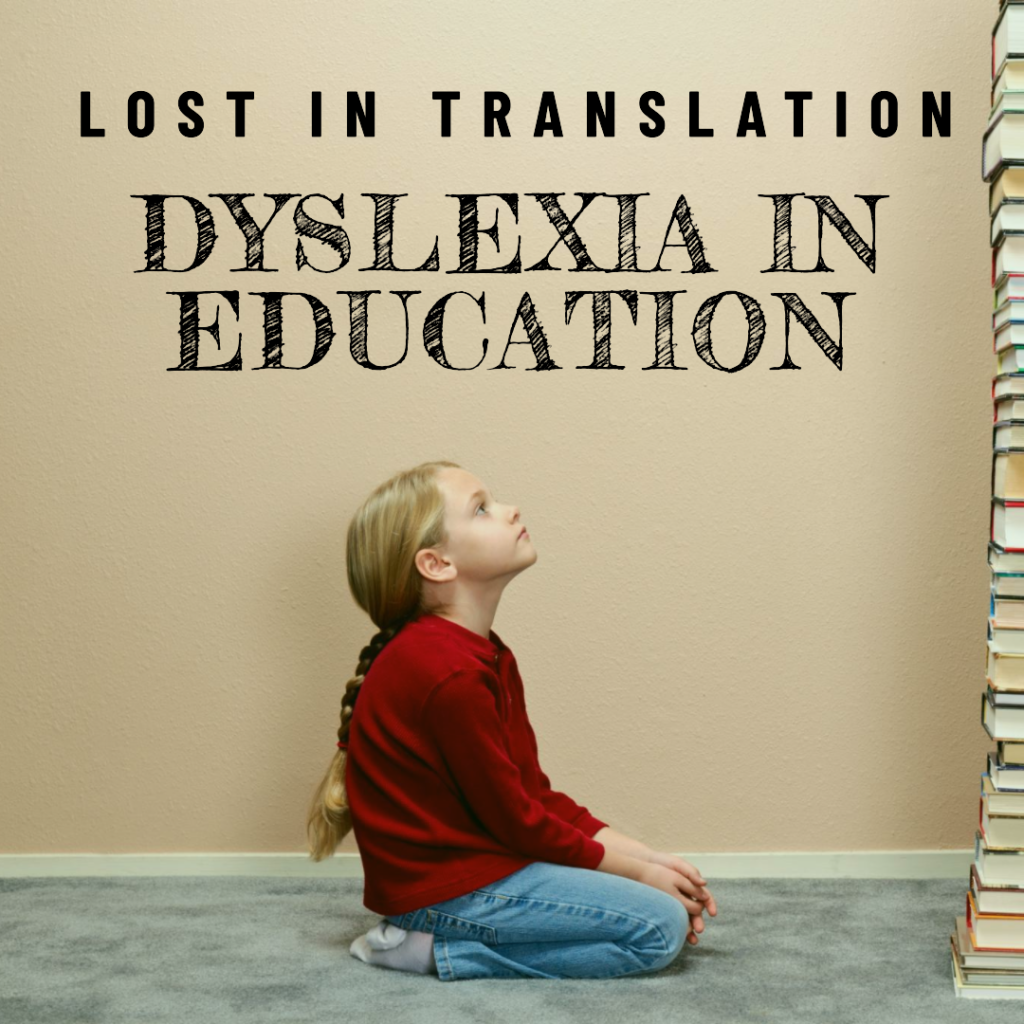Progress Learning: New Era of Teaching Methodologies
Progress Learning: The Future of Education In the ever-evolving landscape of education, Progress Learning stands out as a beacon of innovation. This approach, which emphasizes continuous improvement and personalized learning paths, is transforming how we teach and learn. One of the key aspects of Progress Learning is the integration of technology into the learning process. A prime example of this is the E-PokéCount tool, an engaging and interactive way to learn counting numbers from 1 to 10 with E-Pokémon. Seamlessly integrated into the learning process, E-PokéCount makes learning fun and accessible for all students. You can find more about this innovative tool here. Get More Math: Making Mathematics Engaging Another crucial aspect of Progress Learning is the emphasis on making subjects like mathematics more engaging. With resources like math clipart, abstract concepts are made tangible and understandable. These visual aids not only make learning more enjoyable but also help students retain information more effectively. Indoor Activities: Learning Beyond the Classroom Progress Learning also recognizes the importance of learning beyond the traditional classroom setting. Indoor activities play a significant role in this approach. They provide a break from the conventional learning environment and offer a chance for students to apply their knowledge in a practical and engaging way. In conclusion, Progress Learning, with its focus on continuous improvement, use of technology, and emphasis on engaging learning methods, is truly the future of education. As we continue to explore and implement these new teaching methodologies, we can look forward to a more inclusive, engaging, and effective learning experience for all students. The Role of Technology in Progress Learning In the realm of Progress Learning, technology plays a pivotal role. It not only enhances the learning experience but also makes it more accessible. For instance, tools like E-PokéCount, which you can find here, are revolutionizing the way we approach education. By integrating technology into the curriculum, we can cater to different learning styles and paces, ensuring that no student is left behind. Indoor Activities: A New Approach to Learning When we think of indoor activities, we often picture games or crafts. However, in the context of Progress Learning, these activities take on a new dimension. They become opportunities for experiential learning, where students can apply their classroom knowledge in real-world scenarios. This hands-on approach not only reinforces what they’ve learned but also makes learning more enjoyable and meaningful. Math Clipart: Visualizing Abstract Concepts Mathematics can be a challenging subject for many students. The abstract nature of math can make it hard to grasp. That’s where math clipart comes in. These visual aids help students visualize mathematical concepts, making them easier to understand. By incorporating math clipart into the curriculum, we can make math more accessible and less intimidating for students. In conclusion, Progress Learning is more than just a teaching methodology. It’s a comprehensive approach to education that puts the student at the center. By leveraging technology, incorporating indoor activities, and using visual aids like math clipart, we can create a learning environment that is engaging, effective, and inclusive. As we continue to embrace Progress Learning, we can look forward to a brighter future for education. Check our TpT Shop
Progress Learning: New Era of Teaching Methodologies Read More »


